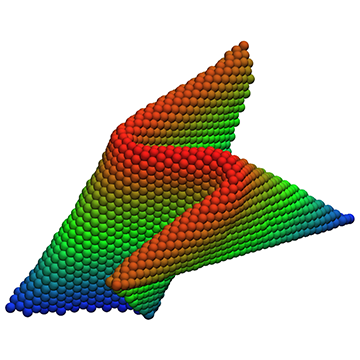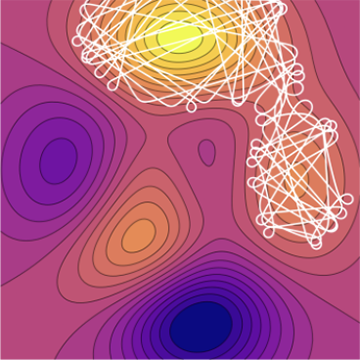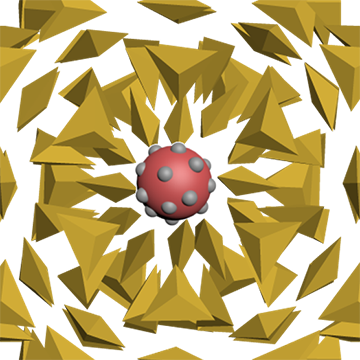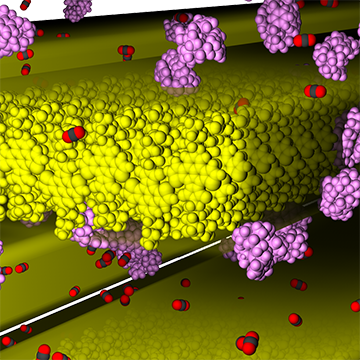Multi-Scale Synthesis of Artificial Muscles
Inspired by energy transduction in muscles.
Muscles are composed of soft materials that have fast mechanical responses to chemical inputs. We have already demonstrated the ability to create soft robotic materials that mechanically respond to thermal or light inputs, but at relatively slow response speeds. Our aim now is to explore the upper limits of response speed in these systems — to make them fast-acting. Our approach includes both molecular synthesis and top-down architectures of the structures.





